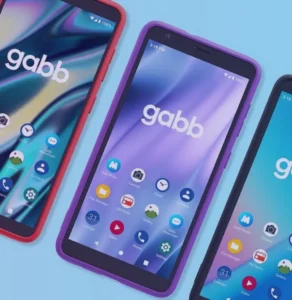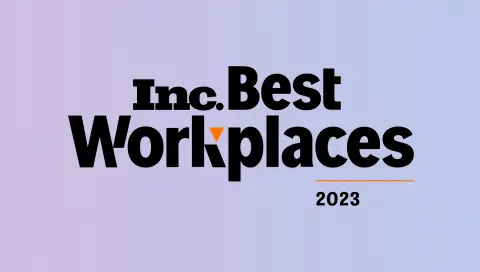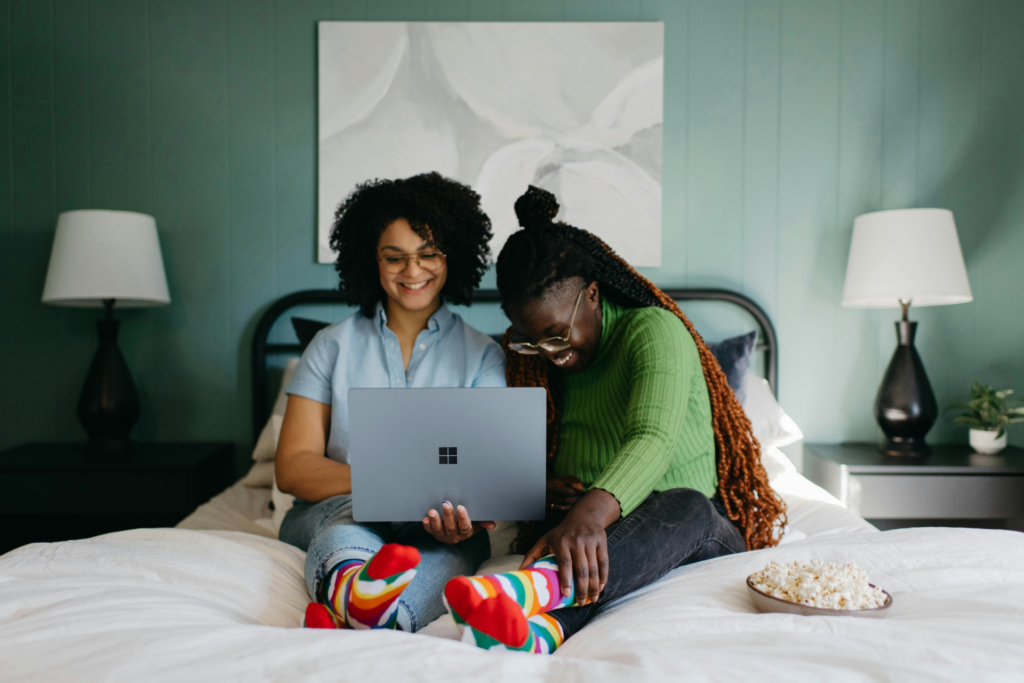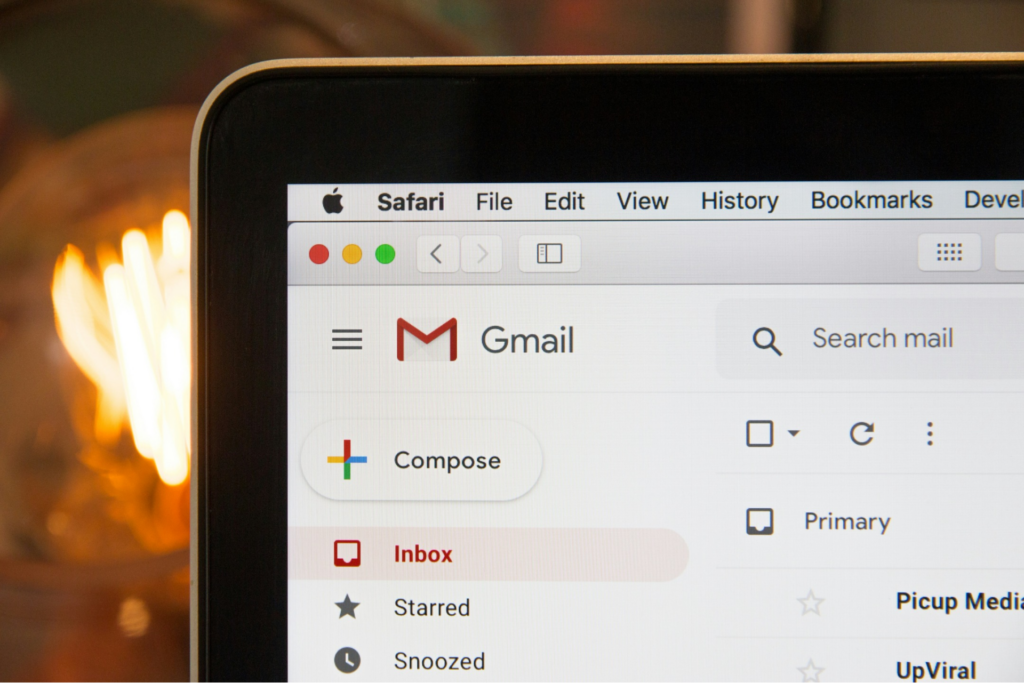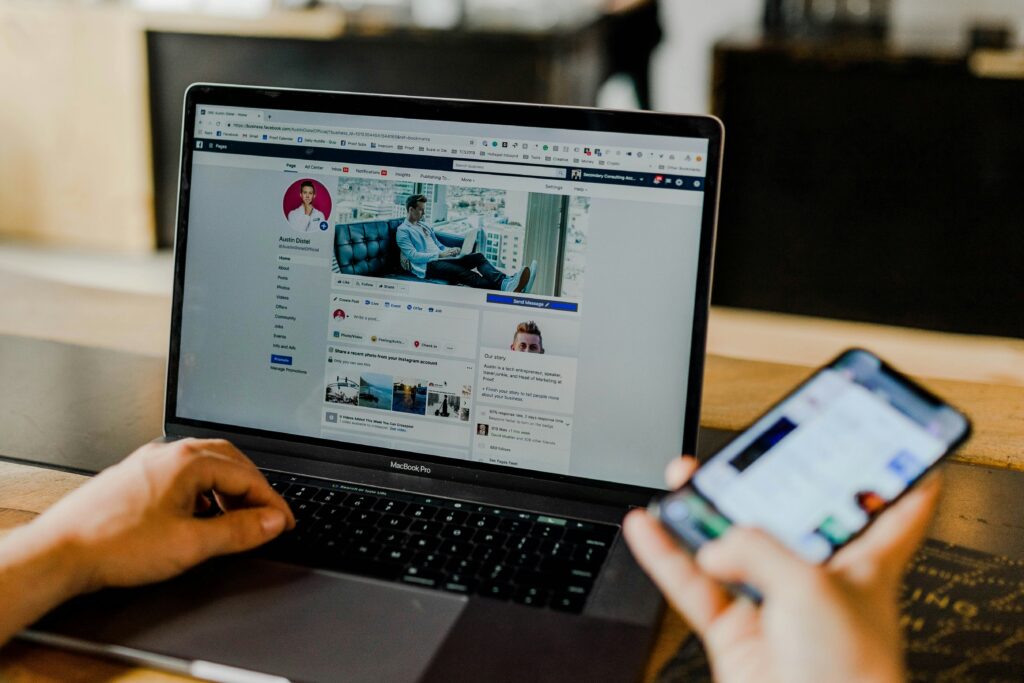Welcome back to CHANNELS, the blog series where we cover popular marketing channels, discuss how they work in regards to programmatic advertising, and help you decide if they are right for your business. Last week we covered Sticky Ads, which help you remain stuck in the minds of your target audience. If you missed it, read it here. This week, we’re covering Online Video, or OLV advertising: what it is, how to measure it, and how to buy it.
Introduction
OLV advertising, also known as Digital Video, is an exciting and effective form that many marketers are increasing their budgets for as the years continue. OLV is the term for advertisements served before, during, or after videos on the internet, most often short-form content, including:
- Video platforms like Youtube
- On websites directly
- On social media platforms like Facebook, Instagram, and TikTok
In today’s blog, we are going to be focusing on OLV ads run programmatically, which does not include video ads run on social media platforms.
Programmatic advertising vs. walled gardens
Quick refresher, if you haven’t been here before: Programmatic advertising is an umbrella term that refers to the process of buying ads automatically through specific technology, as opposed to purchasing manually from a specific publisher or site.
Programmatic campaigns use a technology service called a Demand-Side Platform (DSP), which run a digital auction in fractions of a second to serve your ad to the perfect pair of eyeballs. DSPs uses billions of data points including your target audience, budget, and other pieces of context to serve your ad to the right person, at the right time, at the right price.
This process is called “real-time bidding,” referring to the auction that is being run the second that someone opens a webpage for which ad they will be served.
Programmatic ads run all over the open internet. They do not run in what are called the “walled gardens” of social media platforms, like Instagram and Twitter. Social media platforms require you to go onto their platforms and run ads using only their own data.
Programmatic advertising allows you to use first and third party data to discover your biggest fans, utilizing the power of the open internet to connect with existing and new audiences to introduce and reinforce your brand. By running OLV ads programmatically, you gain increased access to analytics, campaign optimization, and targeting.
CTV vs OTT vs OLV advertising?
There are a lot of acronyms, I know, but bear with me. OLV is similar to, but different from, CTV and OTT (read our coverage on CTV here and here):
- CTV refers specifically to ads that stream on a connected TV
- OTT refers to the delivery method: streaming is delivered Over The Top of traditional cable.
- OLV refers to videos served outside of a TV setting, most commonly running during, before, or after short-form content.
An example of a common type of OLV ad is an ad that plays before a video on a news site like CNN.
OLV advertising + programmatic = <3
OLV and programmatic advertising are a match made in heaven. Digital video is engaging, achieves high conversion rates, and creates a compelling narrative and conveys emotion in a strong way. Don’t believe me? Check out the stats from a few studies around the web:
- 82% of people have been convinced to buy a product or service by watching a video
- 90% of marketers say video marketing has given them a good ROI
- 90% of video marketers say video has helped them increase brand awareness
- 70% of sellers say that video converts better than any other form of content they use
Combine this with programmatic marketing, which allows you to find people interested in your campaign based on any number of factors such as location, demographics, device, and hundreds of other targeting options, and you have a powerful format for marketing your brand.
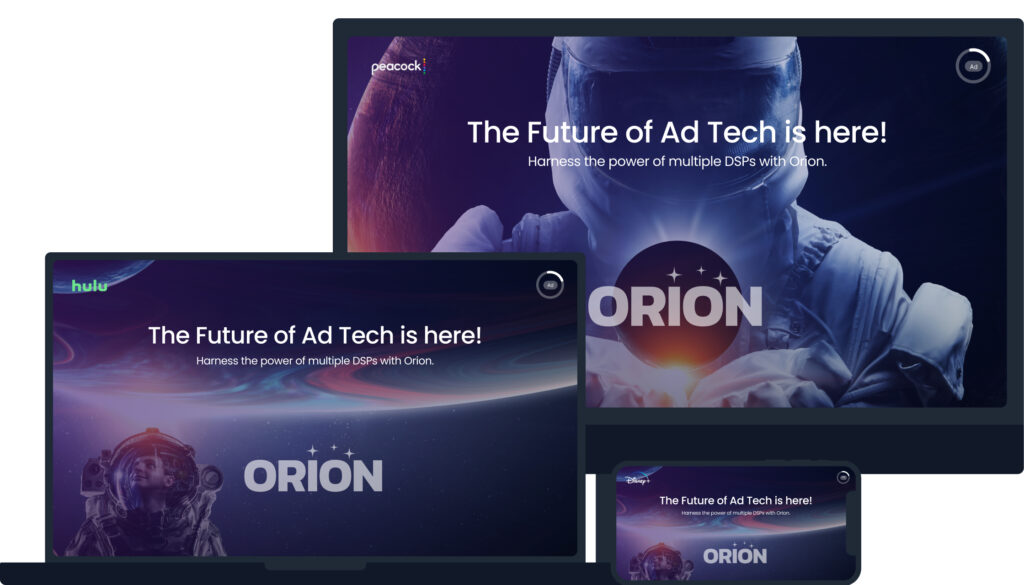
What are the types of OLV ads?
The types of OLV ads closely mirror the types of CTV ads–you may remember pre-roll, mid-roll, and post-roll from CTV. However, there are a few more terms you should know:
- In-Stream Ads: Play before, during, or after videos, on Google, Facebook, Youtube, and others; can be skippable or non-skippable, and include interactive elements
- Pre-Roll: Play before the selected content starts
- Mid-Roll: Play during the selected content, like a commercial break
- Post-Roll: Play at the end of the selected content
- Outstream Ads: Appear in non-video contexts like articles & blogs.
- Bumper Ads: 6 second, non-skippable ads
- Native Ads: Have the same design as the content they are in, giving a natural, blended feel to the ad
Learn more about the types of programmatic video ads trending this year.
What are the pros of OLV ads?
There are many benefits of video marketing:
Highly engaging
Digital video captures attention like few other formats can. It allows you to not just tell people about your brand, but show them what it feels like to purchase your product or service.
Emotionally compelling
OLV ads are so engaging because video captures people’s emotions, which is truly the best way to get people to feel positively about, and ultimately choose, your brand.
Emotionally compelling images and videos stick with people over the long run. Think of those animal rescue ads that you’ve seen (or any heartwarming dog ad, for that matter. Who hasn’t cried at one of those? People with hearts of steel, that’s who.)
Humor is also a great way to make your content compelling (Check out what the folks over at Duolingo are doing on their videos!) While that approach is not, of course, right for every brand, adding humor into your videos is a way to become highly memorable–and, if executed correctly–favorable in the eyes of your audience.
Easily shareable
Digital video is the type of ad most likely to be shared. You can lean into this and create content that is relatable to your audience, increasing the likelihood that they will share it. And more eyeballs=more potential customers.
What are the cons of OLV ads?
The cons of digital video is that creating content can be more costly than other formats, depending on the type you are creating. However, if done well and with knowledge of your target audience, the benefits of creating OLV ads can greatly outweigh the cost of creation.
What are the KPIs of OLV ads?
DSPs give you access to hundreds of data points on which you can measure your campaign, called KPIs, or Key Performance Indicators. These allow you to measure the success of your OLV ads and determine whether you should keep allocating spend to the same places.
Here are some of the KPIs that you might measure over the duration of your campaign:
- Impressions: The total of viewers, including repeat viewers
- Revenue: The amount of revenue generated by the campaign
- Reach: The number of unique customers reached by the ad
- Frequency: Amount of times the ad has been viewed per household.
- Cost Per View (CPV): How much the advertiser paid for each view
- Cost Per Thousand (CPM): How much the advertiser paid for each thousand views
- Video Completion Rate: Times the ad was viewed in its entirety
- Return on Ad Spend (ROAS): Amount spent on the campaign versus the revenue generated
- Conversions: How many people completed the intended action of this campaign
- Cost Per Acquisition (CPA): Divide the total revenue generated by number of conversions
How do I buy OLV ads?
There are many ways to buy digital video, whether “old school” or the newer way of programmatic advertising:
Through an insertion order
You can set up an OLV ad campaign with a particular website, with a set price for the website and its viewers. This involves contacting the publishers, setting up a contract, and creating the content.
Through walled gardens
You can run OLV ad campaigns with social media platforms such as Facebook, Instagram, and Youtube.
Programmatically
You can use a DSP to run your OLV ad campaign. Some of the industry leading DSPs include The Trade Desk, Amazon Ads DSP, Google’s DV360, Zeta, Basis, and Quantcast. However, buying directly from one of these platforms comes with a minimum spend, which is often set for larger companies.
Through ORION
At Version2, we have created an all-in-one advertising technology platform that gives you access to the top 6 DSPs listed above, so you can create and measure OLV ad campaigns across DSPs, get unified analytics for each campaign, and receive always-on support, whenever you need
Using programmatic campaigns helps your amazing digital video reach the person who’s most likely to convert, or give another crucial exposure and positive impression to a future customer.
Version2 and you
If you want to utilize the power of the open internet to get amazing results on your marketing campaigns, through any major channel reach out to us. We’re industry veterans who created the product that we would want to use, to give everyone–not just the largest companies–access to game-changing, programmatic technology.
We set up custom engagements where we provide best-in-class technology, strategic guidance, creative services, and white-labeled, granular campaign analytics and optimization.
Have a larger project? We provide managed services to companies of all sizes. Want to start in programming? Our self-service option may be right for you. Schedule a call today, and we’ll let you know how we can help.
